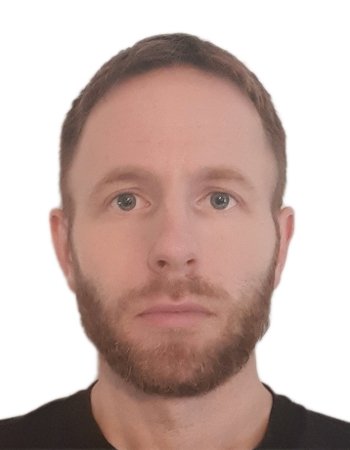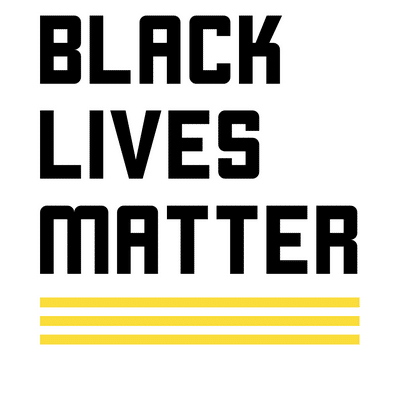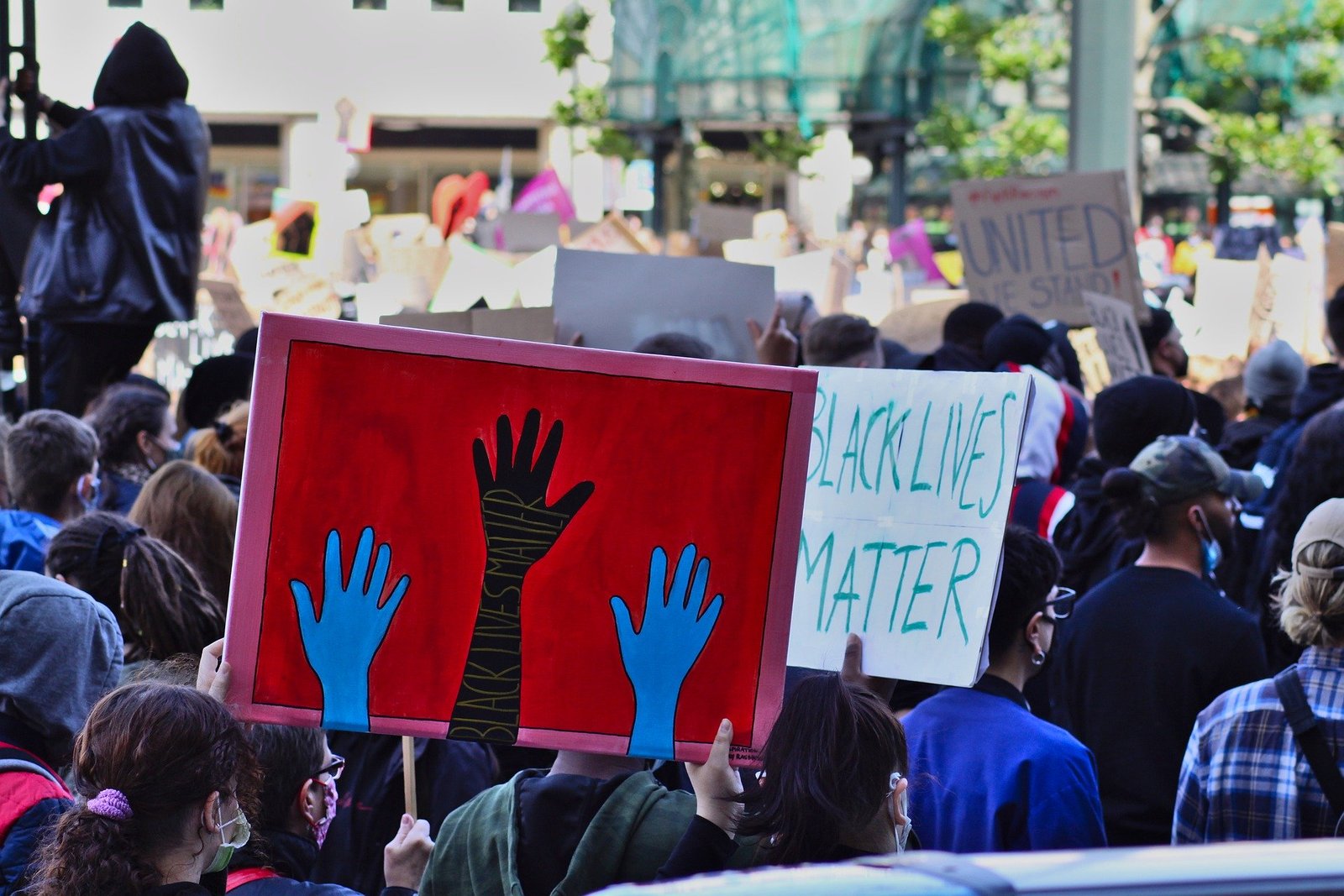Deprivation, violent crime, gun culture and hypermasculinity could do more to explain the violence of US police officers than racism, the evidence suggests.
When questioned by Catherine Herridge of CBS, Donald Trump recently stated that more white Americans are killed by the police than black Americans. A broken clock is correct twice a day, and that was Trump’s broken clock moment. The response from the twittersphere was, as you would expect, to move the focus from totals of people killed by the police to the number killed relevant to their percentage of the US population. The president’s remarks nonetheless highlight the controversy about numbers, or rather data, on the topic of police violence – a topic which is so often orientated toward shocking individual cases caught on camera.
Most versed in the police violence debate are aware of what Trump is highlighting: the fact that despite the glaring lack of media coverage, around a half of the thousand or so killed by the police on a yearly basis in America are white. That more white people are killed by the police is to be expected as white people make up the largest slice of the American population (around 61 percent). In contrast, when we explore data gathered by Washington Post or The Guardian’s counted project and compare this to what we would expect given the percentage that black people make of the US population, we – as Trump’s twitter detractors were quick to point out – notice alarming disparities.
Black people represent about 13 percent of the US population but about a quarter of victims in lethal police shootings, double what we would expect given their population size. When we factor in white people’s lower rate of shootings relative to their population percentage – what is known as a bivariate comparison – we arrive at the oft cited figure of a black person being 2.5 times more likely to be shot by the police. Even without evidence of transparent racism in such cases of shootings, given historic induction and general experience of many black Americans with the legal system this is viewed naturally as a result of racial discrimination.
But is population proportion the right benchmark? The notion that ‘disparities equal racism’ implicitly held by many on the left is problematic. It works with an implicit assumption that black and white people as populations are pretty much the same in all relevant respects: that they are of the same socio-economic status, possess the same family structure, same median age, display the same criminal behaviour and will behave exactly the same as whites on average when interacting with police officers. This assumption is not true (see figure #1). Funnily enough, few whole heartedly believe this assumption; it is an act of double think to be held in the mind when convenient and cast away when it is not. One area in which this difference is clear is that due to their historic exclusion and the long legacy of racism, a larger subset of black Americans reside in dangerous inner-city communities.
The question then and one which much of this debate rests on is the significance of the violent crime rate and, also, the extent to which behaviour at point of contact with law enforcement differs between white and black suspects. The simple thesis here is that claims of the causal role of antiblackness are much less tenable once we acknowledge there is a relationship between crime rates of various communities and the likelihood of being shot by a police officer. Higher crime rates in a community not only lead to increased interaction with law enforcement officers but may suggest increased risk of violent escalation in such interactions.
According to the FBI database there is no area of crime in which blacks commit crime proportional to their 13 percent standing in the population besides DIU (drinking under the influence). Black people are overrepresented in most areas of arrest. Most startling is the rate of violent crime, including murder and non-negligent manslaughter. The mean African American homicide rate compared to non-Hispanic Caucasians from 2000-2015 was 7 times higher. To take just one case of what this can look like on the ground, some children in Chicago must be chaperoned under escort to simply get to and from school without being shot.

We must be clear: these facts do not say anything about inherent black criminality or violence; the complex history of racism, under-policing, social deprivation, status frustration and fatherlessness, plus differences in average age, all suffice to explain these figures. Some might say, why trust the FBI? Are not arrests simply one more expression of discriminatory policing practice? Well, there are three reasons to believe that FBI data, while having issues in the past, is not widely off on this count: firstly, the figures match what common sense would dictate given a cursory look at the conditions of such cities like Baltimore and Washington, secondly, they comport with the number of deaths reported by the local press, and, thirdly, and most importantly, they are largely consistent with the finding National Crime Victimization Survey administered by the BJS in which Americans of all races are asked questions about the nature of crime that they have experienced, including the race of the suspects.
If we benchmark against violent crime and the murder rate at a country-wide level, there is no anti-black disparity at all in police killings. NCVS data alone suggest that black men are three times as likely to commit violent crimes as white men and when moving beyond the NVCS data and using the murder rate as a benchmark a black person is in fact less likely to be lethally shot by a police officer than their white compatriots, with 12% of white homicides being at the hands of the police, compared to 4% of black homicides.
But this, as detractors point out, may be a crude measure. For example, if police killings of black men are all taking place in middle-class black neighbourhoods with low violent crime rates then something is clearly amiss and the conservative retort to ‘black violence’ becomes no more than a rhetorical tit for tat talking point. But data here is tricky to parse. In general, no matter what the race of a person being killed by the police, of the thousand or so killed on a yearly basis the general pattern is such that shootings cluster in cities that have a high level of murder, such as St Louis. There are however some exceptions, such as Orlando, Las Vegas, and Miami which suggest that there may be a trigger-happy culture in some police departments. Whether this has a racial dimension is yet to be demonstrated, though it seems likely that an antiblack culture still survives in certain departments.
One thing we should perhaps ask first in the abstract is how could the inordinate amount of violent crime generated by young black males living in the inner city not influence police practice and police attitudes in general? Whether this manifests itself as allocation of police to certain areas – thus enhancing the interaction rate – or informing the generalisations that police form irrespective of where they are allocated, it seems hard to see how it wouldn’t lead to some rather significant cognitive adjustments. Is this an admission of police bias? To some degree. It is possible for two things to be true at once; in this case that officers are employing generalisations to the detriment of individual law abiding black Americans who are profiled more often, and in rare cases even killed, but also that a police officer’s attentiveness to such a threat is not contrived whole cloth, but is proportional to the reality of policing such communities. That a stereotype may have some foundation in reality is of course no comfort to the likes of Philando Castile horrifically killed in a spilt second judgement, but it also cannot be flatly ignored. That 40 percent of the fifty or so police officers killed on a yearly basis come at the hands of black Americans has also to enter the equation. Indeed, Brendan O Flaherty and Rajiv Sethi, authors of Shadows of Doubt have indicated that the higher levels of certain black-on-white interracial crime (such as robbery) may in part be a function of the fact that black criminals employ the very same heuristics as police officers: namely, you will get less resistance from whites.
Several attempts have been made in the press to discard the relevance of the black violent crime rate to the statistical over-representation of black Americans in police shootings. The Washington Post, who consistently avoid the conclusions of its own data base, writes to discredit the role that black homicide should play, stating
But most deaths at the hands of police are not the result of cops responding to or trying to prevent a murder. They occur when cops are doing other police work such as taking someone into custody, making a traffic stop or raiding homes.
This claim appears to misunderstand the nature of policing. Police do not have Minority Report style precogs in their service. They are not dispatched instantly to interrupt murders, rather they are allocated to high crime areas in part as a deterrent. As such much of their time is taken up with more mundane tasks like traffic stops. It is of course horrible to see patently trivial offences take a tragic turn, and of course hot headed officers who escalate these stops must be weeded out and misdemeanour offenses reformed where appropriate but we can also note that the other two forms of police action cited above, specifically taking someone into custody and entering a home; while not always a response to a murder or violence, often are.
More generally we might also ask is it likely that the men within communities in which there is murder and violence at such high rates, who by the lights of some scholars both from the conservative fold and the activist-left are caught up in a hypermasculine honour culture are as likely to acquiesce to police commands, regardless as to whether such commands come as a result of a violent felony or merely a misdemeanour offence?
Mainstream publications like Vox remain sceptical of the role of black violence citing a 2015 study by social justice inclined researcher Cody Ross, which found
“there is no relationship between county-level racial bias in police shootings and crime rates (even race-specific crime rates).” That suggests something else — such as, potentially, racial bias — is at work
But as Chicago researcher David Shuey points out, Cody Ross, unlike Roland Fryer’s now famous Harvard study, apart from relying on dubious data sources, fails to factor in the presentation of criminal and dangerous behaviour that police officers face. Cody Ross states he finds no relationship between crime rates and racial disparity, but his methods are opaque; he does not even factor in differing homicide rates. As Wilfred Riley of Kentucky State points out in his book Taboo
At no point did he examine the relationship between (l) the gap between white and Black crime rates in each county and (2) the gap between white and Black rates of being shot by police … What would be expected to almost exactly predict the Black-to-white ratio of police killings is the ratio of the black serious crime rate to the white serious crime rate. Since he never tested this relationship, Ross could not actually conclude that gaps between Black and white rates of violent encounters with police are due primarily to racism.
An alternative study by Cesario and Johnson published in PNAS in 2019 (and retracted when cited by Heather MacDonald of the Manhattan institute) which was the first to examine the race of officers involved in shooting found no evidence that an officer’s race predicts racial disparities in fatal shootings. What they did find:
In counties where whites committed a higher percentage of homicides, a person fatally shot by the police was 3.5 times more likely to be white. In counties where blacks committed a higher percentage of violent crime, a person fatally shot by the police was 3.7 times more likely to be black. And in counties where Hispanics committed a higher percentage of violent crime, a person fatally shot by the police was 3.3 times more likely to be Hispanic
Further studies also suggest that the idea of a ‘hunting season on blacks’ is not as persuasive as what as the viral videos would have us assume. A William and Mary Department of Economics study by Lott and Moody (2016) found the probability of an unarmed black suspect being killed by a white police officer is not significantly greater than the probability of a black suspect being killed by a black police officer. And statistician Greg Ridgeway’s research found black officers were actually more likely to discharge their weapons. This is perhaps because they, as is the case with the broader phenomena, are disproportionately policing dangerous poorer communities or perhaps will not face as much public scrutiny.
A final consideration: if we look globally, we find that most countries that have both high homicide rates and a large extent of gun ownership also have high levels of police violence, even when their police force is exclusively non-white. Of course, we would expect low income countries with less strong institutions and accountability to have greater police violence, but given the narrative of Black Lives Matter, we would also expect that policing in a monoracial setting would lead to a significant decrease in the violence black citizens are subject to by the state, but this doesn’t appear to be the case.
Consider as just one data point the country of Jamaica. Examining the year 2018, Jamaica’s population was around 3 million which is 14 times smaller than the black population of the US (around 42 million). Annually Jamaica’s civilian deaths at the hands of the police hit around the hundred mark (137 in 2018). If we were to scale up Jamaica’s police killings in proportion to population size of the US black population, we might expect police killings of black citizens on the island to total around 2000 for the year 2018. That is huge, dwarfing Americas 228 black citizens killed in 2018.
Now of course, Jamaica’s homicide rate (47/100,000) is more than double even the African American homicide rate (20/100,000), so given the thesis that violent gun-involved street crime generally predicts police violence we would expect police-civilian interactions to also more than double. We would also expect more police violence given greater levels of corruption in Jamaica (the USA is ranked 23rd, Jamaica is ranked 74th on CPI index). Given these differences, perhaps we would want to halve, even quarter that total of 2000, but even if we do this there appears to be no discernible dent in police killings when we remove ‘whiteness’ from the equation. In situations where there is a high homicide rate and guns suffuse the street things appear to get ugly.
Of course, all of this is not to say that police do not at times display unacceptable behaviour or that improvement are not possible. In the 5 years since thorough record keeping began by the Washington Post we have seen decreases in lethal shootings of at the very least unarmed black civilians (from 38 in 2015 to 14 in 2019). All the same, understanding the reality of the streets remains central to any cost benefit analysis involving changes in police practice. America needs to reckon with the havoc wrought by its fondness for guns and its inability to secure upward mobility for its black population rather than simply seeing this as a matter of exorcizing the racist souls of police officers.
To sum up: on the question of police shootings in relation to race, looking at raw totals, ala Donald Trump, is misleading but so is examining proportional representation when this is divorced from the different characteristics of racial groups. If blacks had the same arrest rate, violent crime rate, and homicide rate as the wider population and we were seeing these 2.5-times-more-likely figures then the conclusion of racial animus on behalf of officers would be irresistible, but things are not that straightforward. As to the videos that go viral and will continue to go viral (which are really, given America’s 320 million person population and 50 million police interactions per year, the exceptions not the rule) it is a judgement call as to whether we impute racist motives in such cases. In making such a judgement one must always seek broader context, acknowledging that context seeking in good faith, is not a distraction from police accountability or part of a blame game but an integral part of the analysis for why police violence occurs. With that knowledge in mind, we can proceed with strategies to reduce police violence without leading to a commensurate spike in violent street crime that will ultimately cost more black lives.









Article Discussion